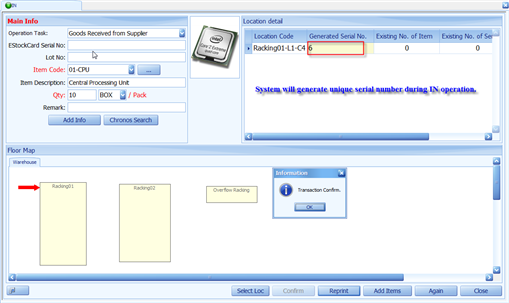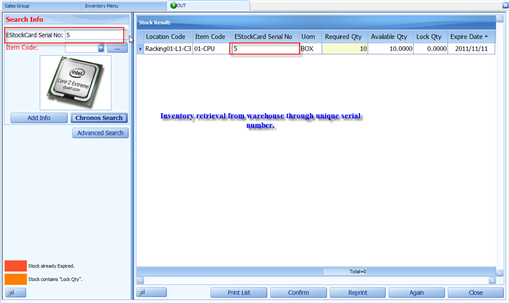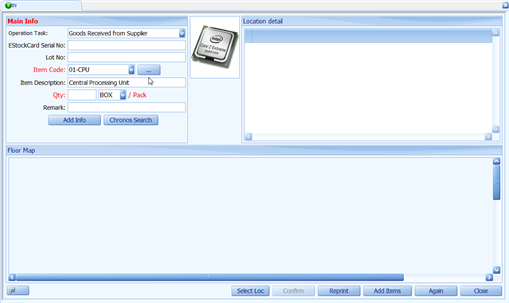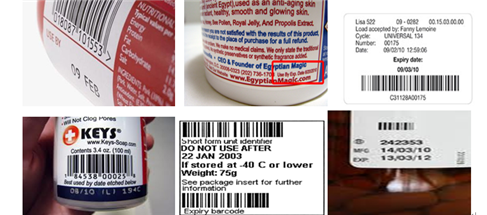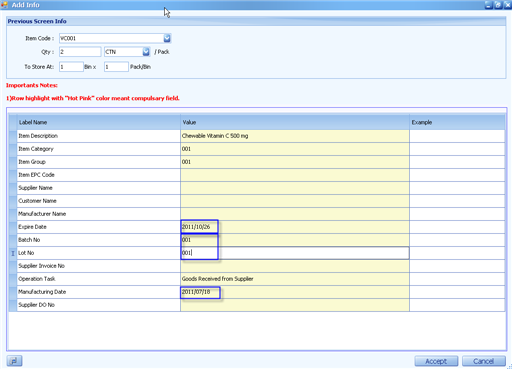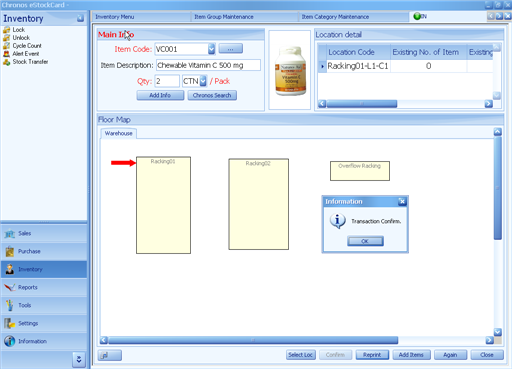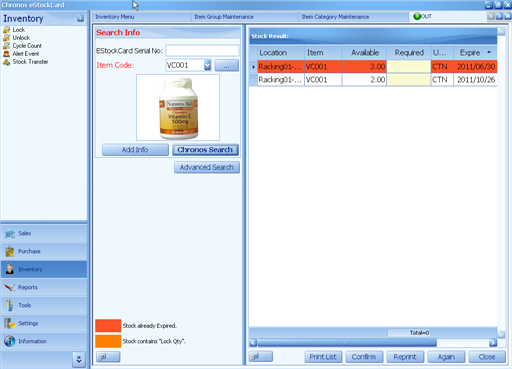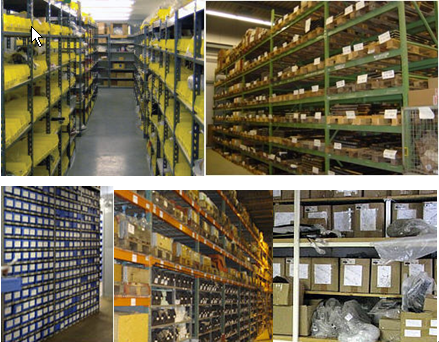Prior to develop viable and effective inventory control policy and procedure, it is essential to analyze the inventories based on various characteristics such as the frequency of issues and use, the annual consumption value, the unit price, the scarcity and lead time. This is essential as it would not be possible to exercise the same type of control for all items and it may not really be effective. Inventory analysis and adequate classification aids selection of proper policies to achieve better in control.
Commonly used inventory analyses are:
(1) FSN Analysis
(2) ABC Analysis
(3) HML Analysis
(4) SDE Analysis
FSN Analysis:
Classification based on frequency of issues and uses
F, S & N stand for Fast moving, Slow moving and Non moving items.
Fast Moving (F) = Items that are frequently issued/used
Slow Moving (S) = Items that are issued/used less for certain period of time
Non-Moving (N) = Items that are not issued/used for more than certain duration
This type of classification helps to establish and organize proper warehouse layout by locating all the fast moving items near the dispensing window to reduce the handling efforts. Also, attention of the management is focused on the Non-Moving items to enable decision as to whether they are in needs in the future or they can be salvaged or disposed. This will help to improve organization’s capital utilization and cash flow.
ABC Analysis:
Classification based on Consumption:
Another method of classifying inventory is on the basis of annual consumption value. Pareto’s principle can be applied to classify inventories based on consumption value.
Pareto principle : The significant items in a given group normally constitute a small portion of the total items in a group and the majority of the items in the total will, in aggregate, be of minor significance.
This way of classification is known as ABC classification.
CLASS A: 10% of total inventories contributing towards 70% of total consumption value.
CLASS B: 20% of total inventories which account for about 20% of total consumption value.
CLASS C: 70% of total inventories which account for only 10% of total consumption value.
Policy for ‘A’ items
* Maximum control
* Value Analysis
* More than one supplier
* Control by top executives.
Policy for ‘B’ items
* Minimum control
* Bulk Orders
* More items from same supplier.
HML Analysis:
Classification based on unit price:
This classification is as follows:
High Cost (H) = Item whose unit value is very high
Medium Cost (M) = Item whose unit value is of medium value
Low Cost (L) = Item whose unit value is low
This type of classification helps in implementing proper control such as authorization, expiry management; identify opportunity to find out a less expensive substitute.
SDE Analysis:
Classification based on the Scarcity and lead time:
Scarce (S) = Items which are imported and require longer lead time
Difficult (D) = Items which require more than a fortnight but less than 6 months’ lead time.
Easily available (E) = Items which are easily available
This type of classification helps in reducing the lead time required at least in case of vital and essential items. Ultimately, this will reduce stock-out costs in case of stock-outs.
